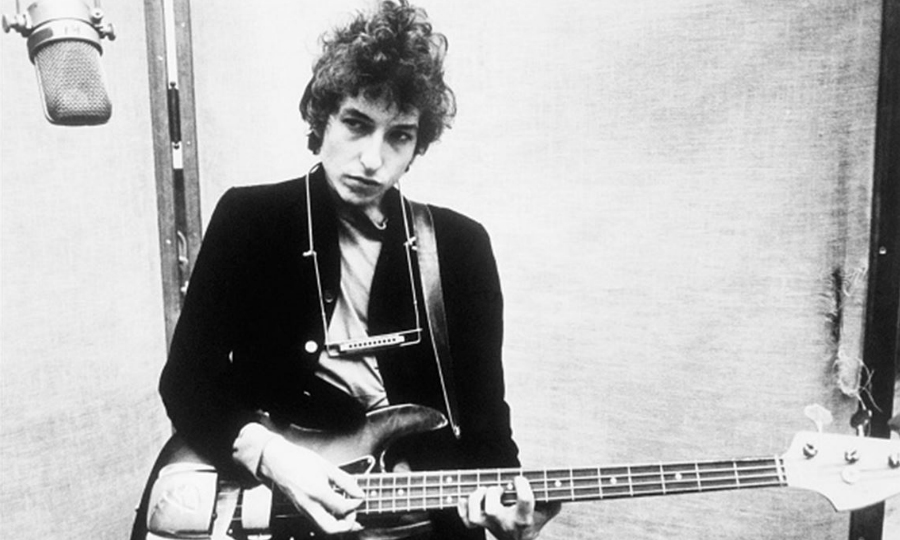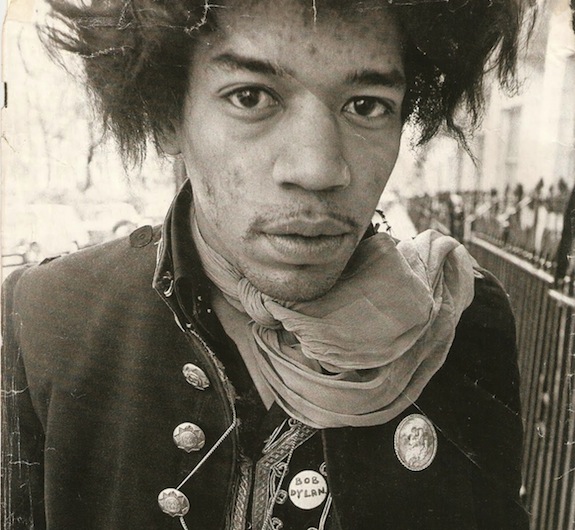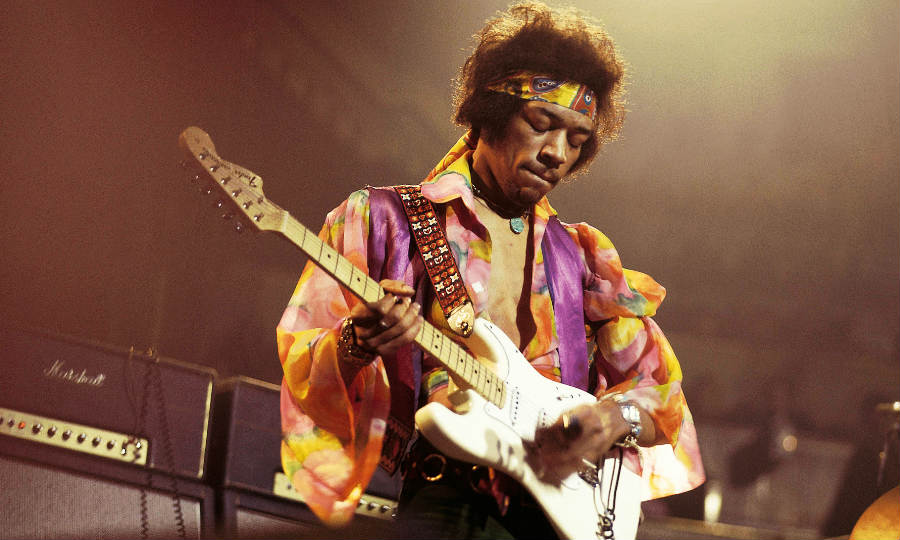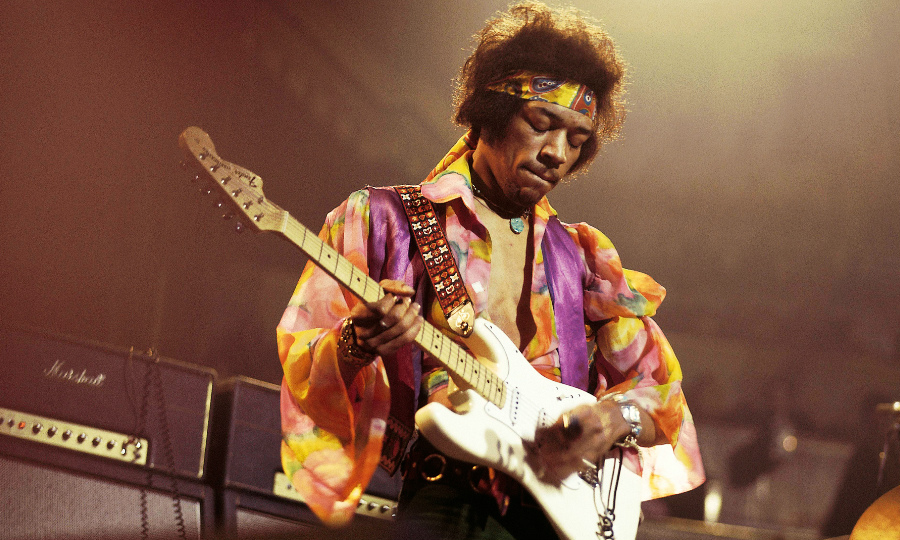Half a century after its release All Along The Watchtower remains a glistening gem of musical brilliance. Not only does it stand alone as a work of musical prowess, it remains an enduring testament to the comparative translation of genius.
Much like Hallelujah was from Cohen to Buckley, All Along The Watchtower was always a transcendent piece of music, it just needed to find the right hands to truly bloom.
We take a look as this transition, from one genius to another, to understand why 12 lines of poetry and three chords remain one of the most enduring songs of modern times.
Man the parapets and charge forth! We plunder one of the most powerful examples of transitional genius in modern music, All Along The Watchtower.
Burdening oneself with the mammoth task of interpreting another’s music in order to improve it will almost always end in failure. Especially when that person is as acclaimed and deified as Bob Dylan. Yet Jimi Hendrix has always had a crystal clear vision for his music, even when it had never been heard before.
Releasing three of the most powerful and everlasting albums of all time in less than 14 months, we harbour no illusions as to the depth of Jimi’s genius.
After the stormy years of Bob Dylan going electric, John Wesley Harding signified an apparent return to form for the troubadour. With it’s double bass, reedy harmonica, and stripped kit, the folk purists were mostly impressed with it’s prominent acoustic guitar and storytelling. Ironically however, it just needed one thing, to go electric.
Many have tried to dissect Dylan’s version of Watchtower to attempt to plunder it’s tangible poignancy. Some have noticed it’s biblical allegories, notably to the Book of Isaiah. Dylan was certainly aware of the potency of the Good Book as a poetic source and thus the brevity of these 12 lines endure to this day:
“There must be some way out of here,” said the joker to the thief
“There’s too much confusion, I can’t get no relief
Businessmen, they drink my wine, plowmen dig my earth
None of them along the line know what any of it is worth”
“No reason to get excited,” the thief, he kindly spoke
“There are many here among us who feel that life is but a joke
But you and I, we’ve been through that, and this is not our fate
So let us not talk falsely now, the hour is getting late”
All along the watchtower, princes kept the view
While all the women came and went, barefoot servants, too
Outside in the distance a wildcat did growl
Two riders were approaching, the wind began to howl.

It certainly doesn’t hold a candle to the 60 lines of Desolation Row. Dylan barely has time to take a breath. Furthermore the elliptical chords hint at the loop of the song and eternal recurrence of the verses, as many believe the final verse to act as the first in chronology.
Nevertheless it is surely a puzzle, as Dylan no doubt intended. Yet despite the innumerable scholars, musicians and poets attempts plunder it’s catacombs for meaning, one man only has found the true treasure hidden within.
Perhaps all that was needed was a Fender Strat and a Marshall amp turned up to 11, but depth of Jimi’s vision goes far deeper.
Brian Jones staggered into London’s Olympic Studios in 1968 and though he could barely stand he sat down at the piano and started laying down takes with Jimi for All Along The Watchtower. Although he was later switched to percussion, notably the vibraslap, The Rolling Stone heard something in the song that kept him coming back time and time again.
Hendrix was much the same, obsessively recording and re-recording, Hendrix cut almost thirty takes that he constantly wiped and re-worked. After Noel Redding stormed off to the pub saying he “Liked Dylan’s version better” and telling Jimi to fuck off; Dave Mason took over on bass but even Hendrix cut that and recorded it himself. Hendrix was an exceptionally good bass player often filling in for Johnny Winter.
Eddie Kramer recalls him endlessly overdubbing, never being able to quite replicate the sound in his head.
The solo was dissected into four discrete sections. A typical Hendrix waterfall. One slide solo he eventually did with a lighter after trying knives, bottles, and beer to get the sound. A collection of rhythmic embellishments synonymous with Jimi’s style and finally the famous ascending series of unison bends.
The outcome was an overtly powerful song. It became a favourite on pirate radio stations in Vietnam, receiving heavy airplay and becoming a symbol of hope for the troops.
Hendrix was always been shy of his voice, becoming consistently unhappy with it on Watchtower. He was known to frequently defend Dylan in interviews when people said he sounded like a ‘broken-leg dog’. Thus it would appear Hendrix found a friend in Dylan. His then girlfriend, Kathy Etchingam noted Hendrix saying that All Along The Watchtower was something he felt like he had written but never been able to express.

Therefore it was all the more important when Dylan approved:
“It overwhelmed me, really. He had such talent, he could find things inside a song and vigorously develop them. He found things that other people wouldn’t think of finding in there. He probably improved upon it by the spaces he was using.”
“I took licence with the song from his version, actually, and continue to do it to this day.” In the liner notes to The Biography, Dylan said: “I liked Jimi Hendrix’s record of this and ever since he died I’ve been doing it that way. Strange how when I sing it, I always feel it’s a tribute to him in some kind of way.”
Since his first performance of the song in 1974, Bob Dylan has performed the Jimi Hendrix version more than 2250 times.
While we’ve got you, check out:
- Hurt: From Reznor to Cash
- Cocaine: from Cale to Clapton
- Mad World: from Tears for Fears to Gary Jules
- Blue Suede Shoes: from Perkins to Presley
- Knockin’ On Heaven’s Door: From Dylan to Guns N’ Roses




